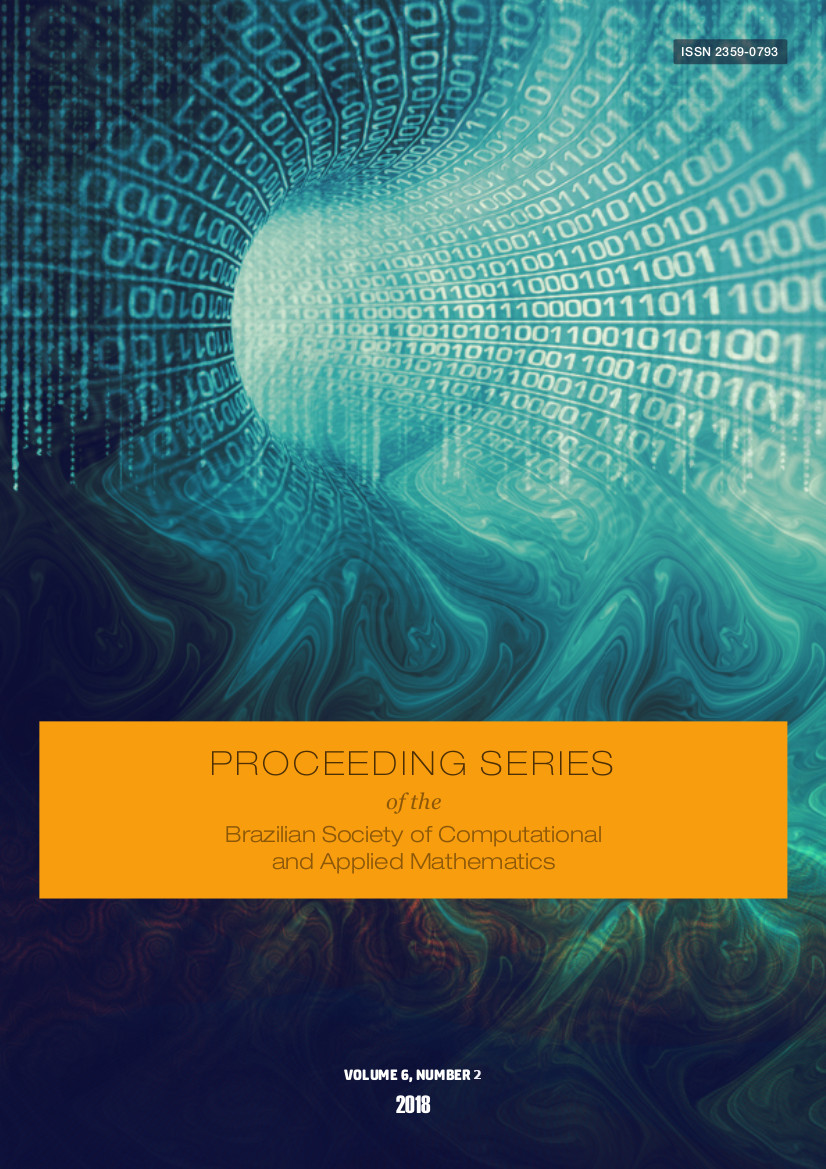Mathematical Model for the ZIKA Epidemic using Ordinary Equations and with Temporary Delay
DOI:
https://doi.org/10.5540/03.2018.006.02.0289Palavras-chave:
Delay, model, simulations, Zika.Resumo
Zika virus is primarily transmitted to people through the bite of an infected mosquito from the Aedes genus, mainly Aedes aegypti in tropical regions. Aedes mosquitoes usually bite during the day, peaking during early morning and late afternoon/evening. This is the same mosquito that transmits dengue, chikungunya and yellow fever. Zika is transmitted to humans primarily through bites from infected Aedes aegypti and Aedes albopictus mosquitoes. The transmission is in both directions, that is, infected mosquitoes infect humans and infected humans infect mosquitoes. Sexual transmission of Zika virus is also possible. Other modes of transmission such as blood transfusion are being investigated. In this work are presented mathematical models to predict the behavior of the ZIKA epidemic over time, using ordinary differential equations [6, 14] and ordinary differential equations with temporal delay [11]. The delay is the time it takes humans and mosquitoes to develop the virus, become infected and participate in the transmission dynamics [9, 11]. The computer simulations are performed for Suriname and El Salvador, which have different characteristics, Suriname have higher rate the infection of human to mosquito and El Salvador have from mosquito to human, and this allows us to adapt the models to different epidemiological conditions. The data of the parameters and initial conditions were extracted from [5, 12, 13, 16].

